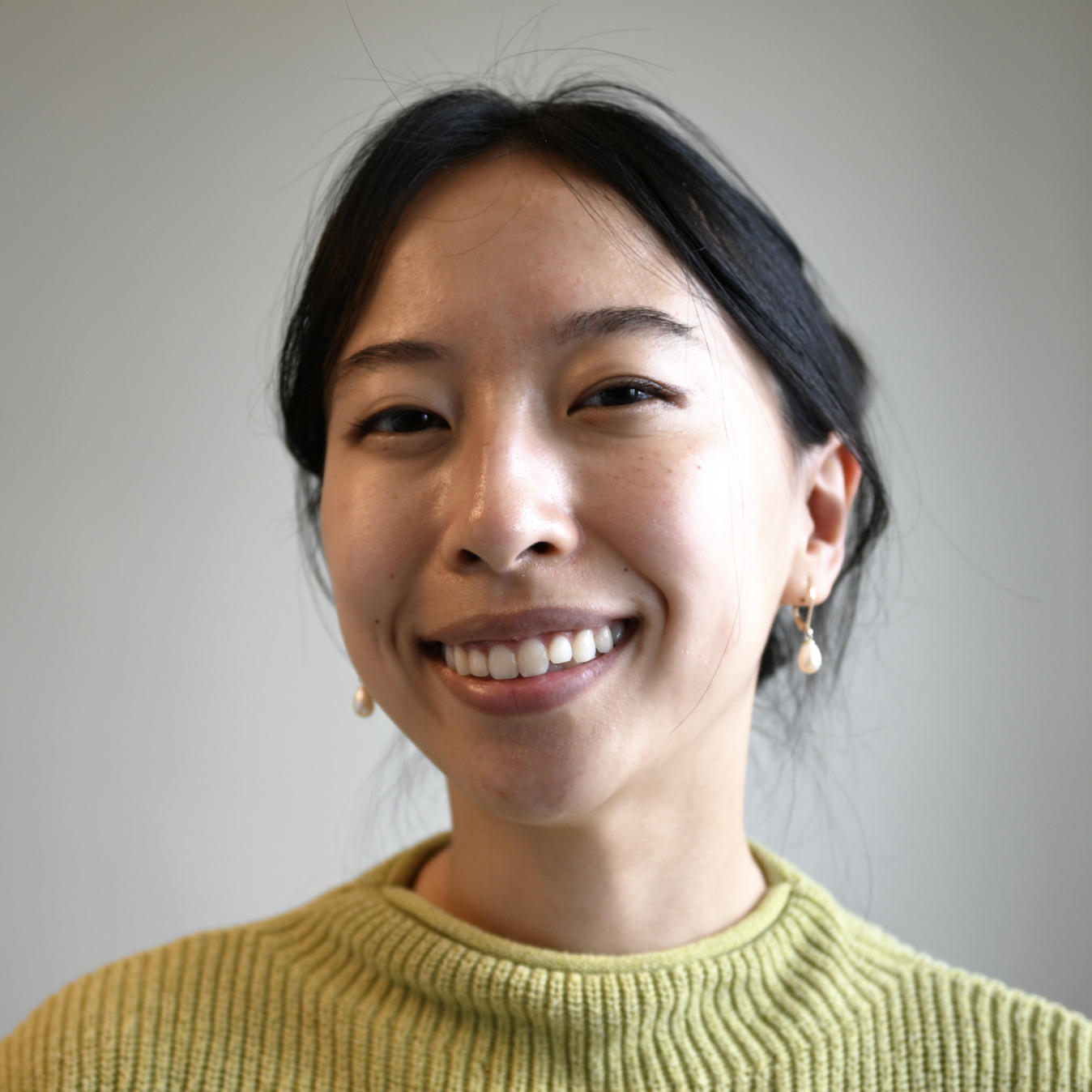Physarum Explorations
Recently, I’ve been spending a lot of time researching physarum polycephalum (commonly known as slime molds). They’re really fascinating organisms and easy to cultivate at home. My ongoing research work is exploring how we might be able to use them within interactive devices.
Special thanks to ian @ slimong.co for supplying me a few physarum strains!

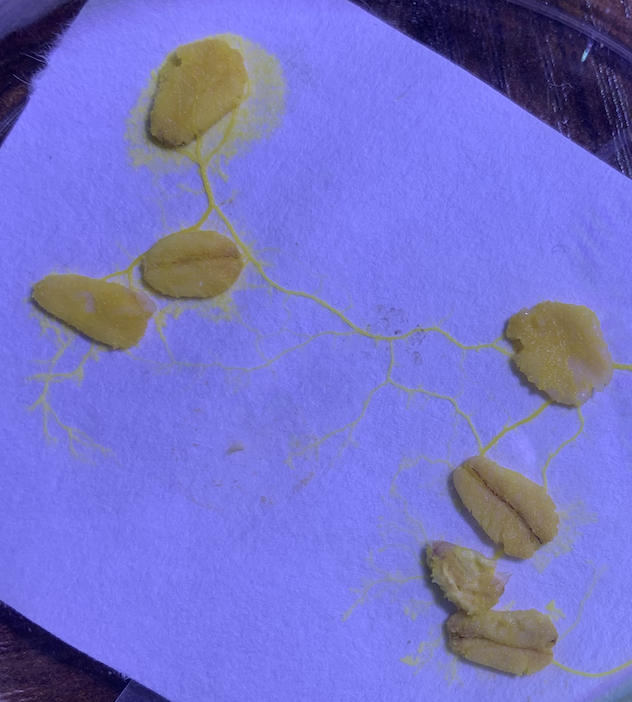
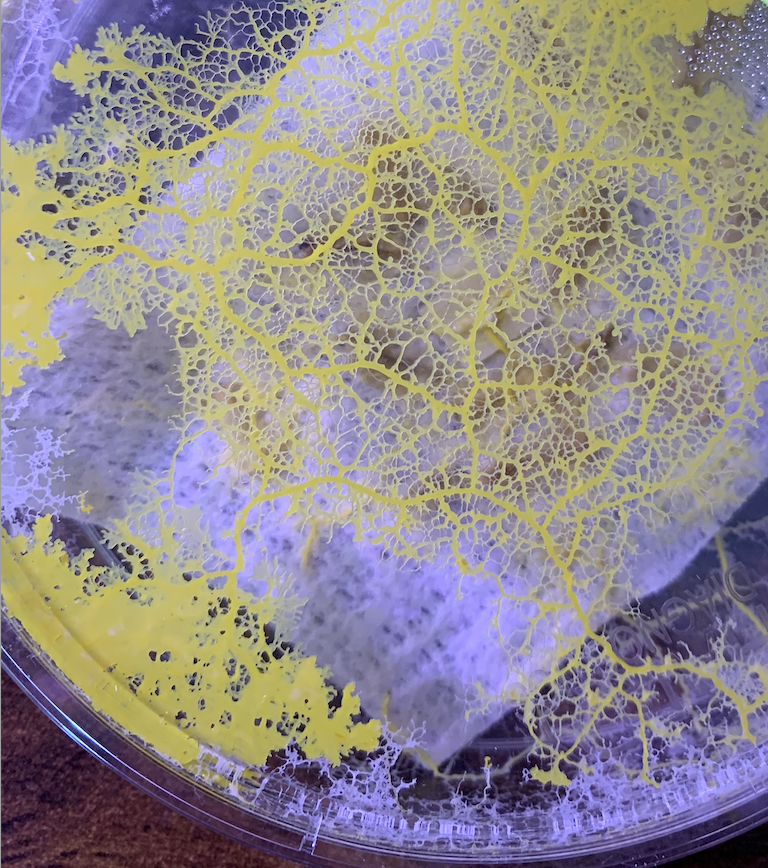
Plant Sensing
First, I explored this in a project called Plantastic where I used a swept capacitive frequency sensing circuit to sense touch interactions with a watercress plant (directly based on the work of Touché: Enhancing Touch Interaction on Humans, Screens, Liquids, and Everyday Objects from Disney Research).
I created 4 interactions with my plant that corresponded to the opening of 4 displays on my laptop. Light touch/tap - watercress info page, pinch - pictures of plant growth, full hand caress/pet - recipes using watercress, and last, dipping a finger into the water - last watered date.

In another project called Green Thumb, I explored various basic sensors that can be used to determine if a plant is getting enough water, humidity, and light. These were all connected to a microcontroller with an OLED display and BLE. A phone could ping the device to retrieve sensor data in addition to reading it off the OLED display.




Ada Lovelace Week 2020
I was a part of the organizing team for Ada Lovelace Week 2020. Over the course of several months, we put together a week of events to celebrate gender diversity in technology. Though we had originally envisioned an event in person - we decided to put on a series of talks and panels due to COVID-19 constraints.
You can read more about what the event entailed here: ada2020.plopes.org and coverage by the UChicago Physical Science Division here.
We were really proud to host a series of incredible women and non-binary technologists. You can watch all the videos of the events here on Youtube.
Schedule
Day One: Opening Plenary Panelists: Jingyi Li, Gabriella Johnson, Constanza Piña Pardo, Ari MelencianoDay Two: Industry Panelists: Philippa Ngaju Makobore and Elizabeth Koprucki
Day Three: Art Panelists: Ashlyn Sparrow and Snow Xu
Day Four: Academia Panelists: Marshini Chetty and Ellen Yi-Luen Do
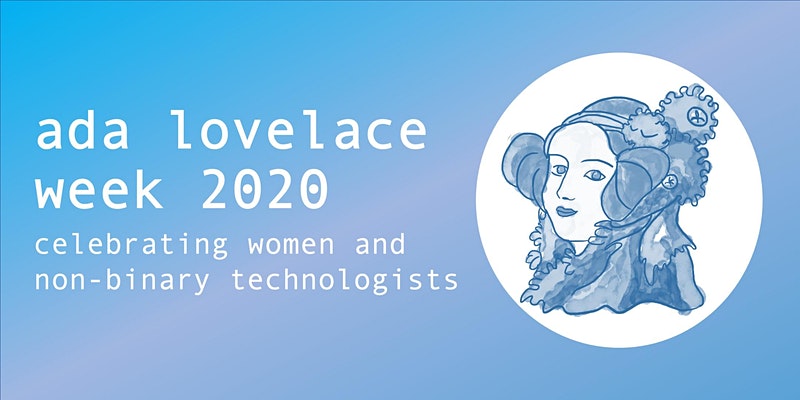
east//west
Inspiration
As a Chinese-American, I have very complicated feelings about the tensions between eastern and western cultures and how they have influenced the person I am today. As part of my anamorphic sculpture, I wanted to contrast two “faces” from art of these two cultures and of very different artistic styles. The Sanxingdui bronze mask is abstract, ancient and almost otherworldly - a form that stuck with me after I was able to see it in person when visiting the town my mom grew up in during a visit to Sichuan, China. The Bust is elegant and realistic in addition to being from an artwork that inspired abolitionist and women’s rights activism in America. For me, they were the perfect two to combine in a dynamic sculptural form.
Materials & Techniques
The sculpture was created by lasercutting neon acrylic. I traced forms from the artworks to create layers of increasing detail and then fed these images into a Julia language script I wrote as part of the class to generate svgs of the beams to be cut. You can find that script on my github here.
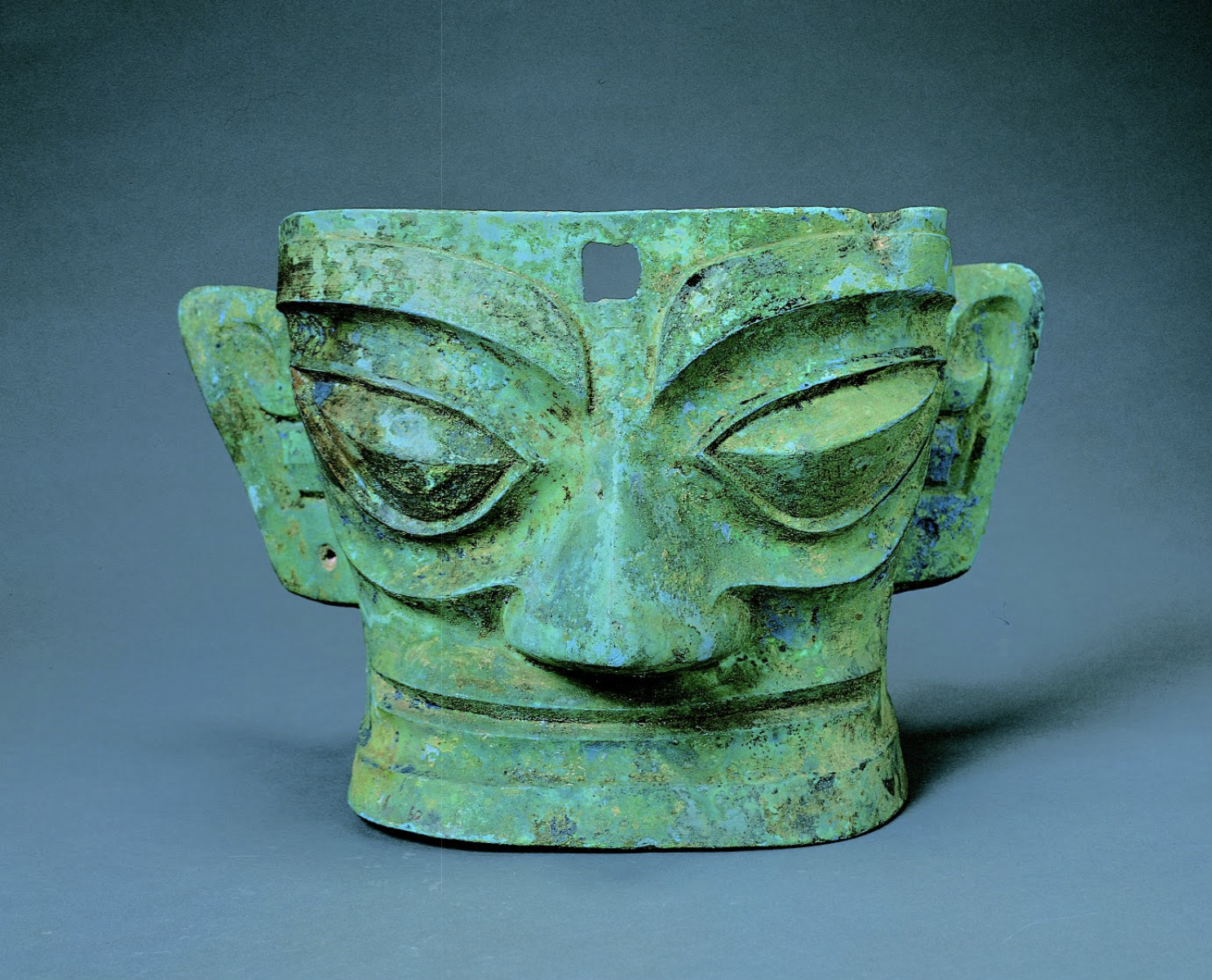
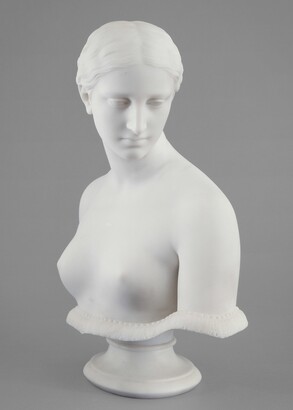


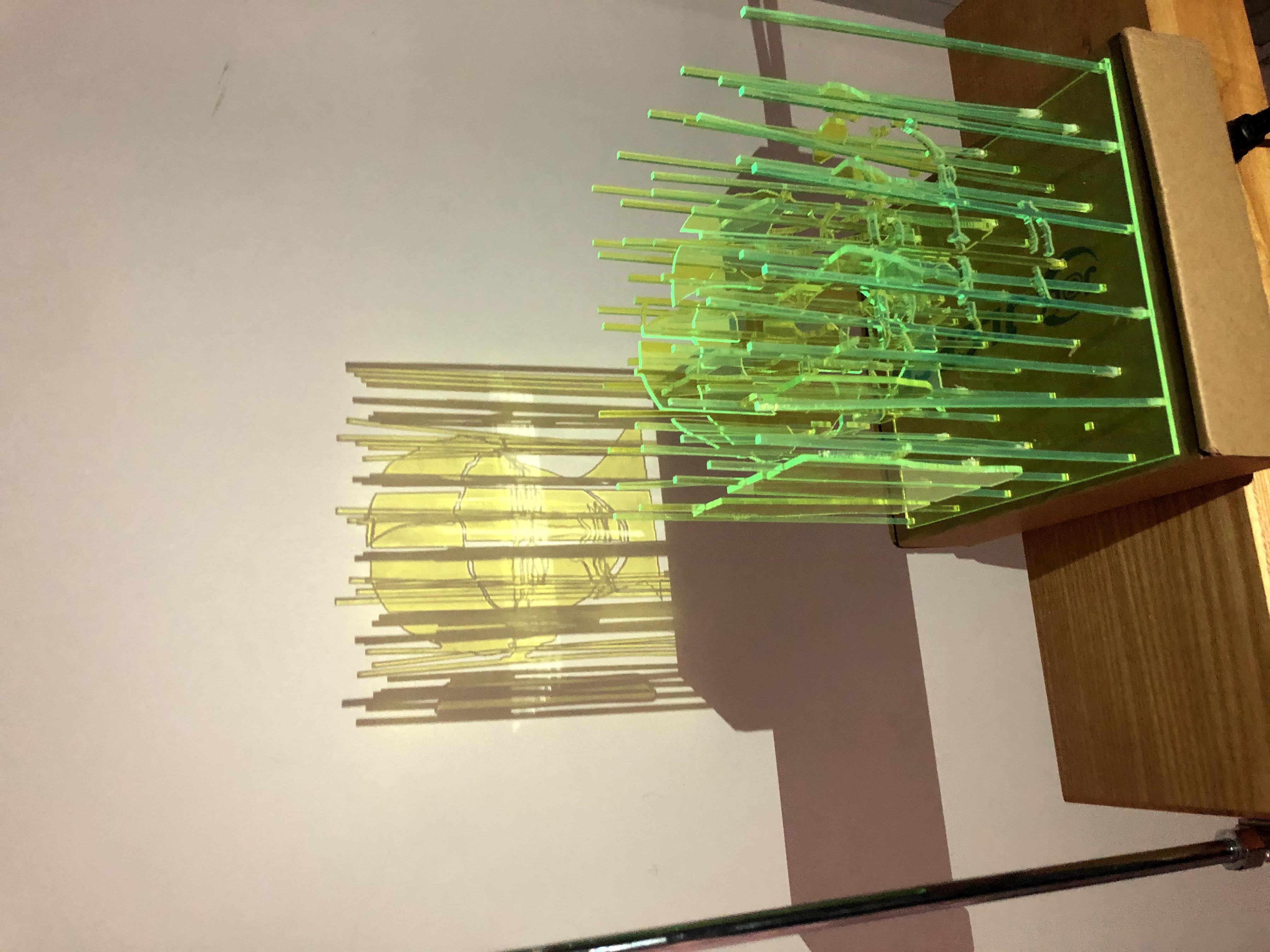

Critical Making & Media Studies
In my last semester of undergraduate, I did an independent study with Mark Olson where we read selected texts around the broad themes of critical making and media studies. While in total we only went through ~9 texts, the readings and discussion with Mark has significantly impacted how I think about my work as an human computer interaction researcher and technologist. Even now, I still seek out work related to media theory, critical making/design, etc. and see it inform my research in many ways.
Here, I list the texts we explored and other texts that have since been similarly influential. I share with hopes that I can recommend cool texts and also receive recommendations for other texts I can read!
-
Program or Be Programmed - Douglas Rushkoff
-
The Human Condition - Hannah Arendt
-
Design Noir: The Secret Life of Electronic Objects - Anthony Dunne and Fiona Raby
-
Adversarial Design - Carl DiSalvo
-
Tactical Media (Introduction) - Rita Raley
-
How a Prototype Argues - Alan Galey & Stan Ruecker
-
Wicked Problems in Design Thinking - Richard Buchanan
-
Reassembling the Social (Introduction + Part 1) - Bruno Latour
-
What Things Do: Philosophical Reflections on Technology, Agency, and Design - Peter-Paul Verbeek
Other texts that drive my research:
- A Cyborg Manifesto - Donna Haraway
- Staying with the Trouble: Making Kin in the Chthulucene - Donna Haraway
- A Symbiotic View of Life: We Have Never Been Individuals - SF Gilbert
- Design Fiction: A Short Essay on Design, Science, Fact and Fiction - Julian Bleecker

